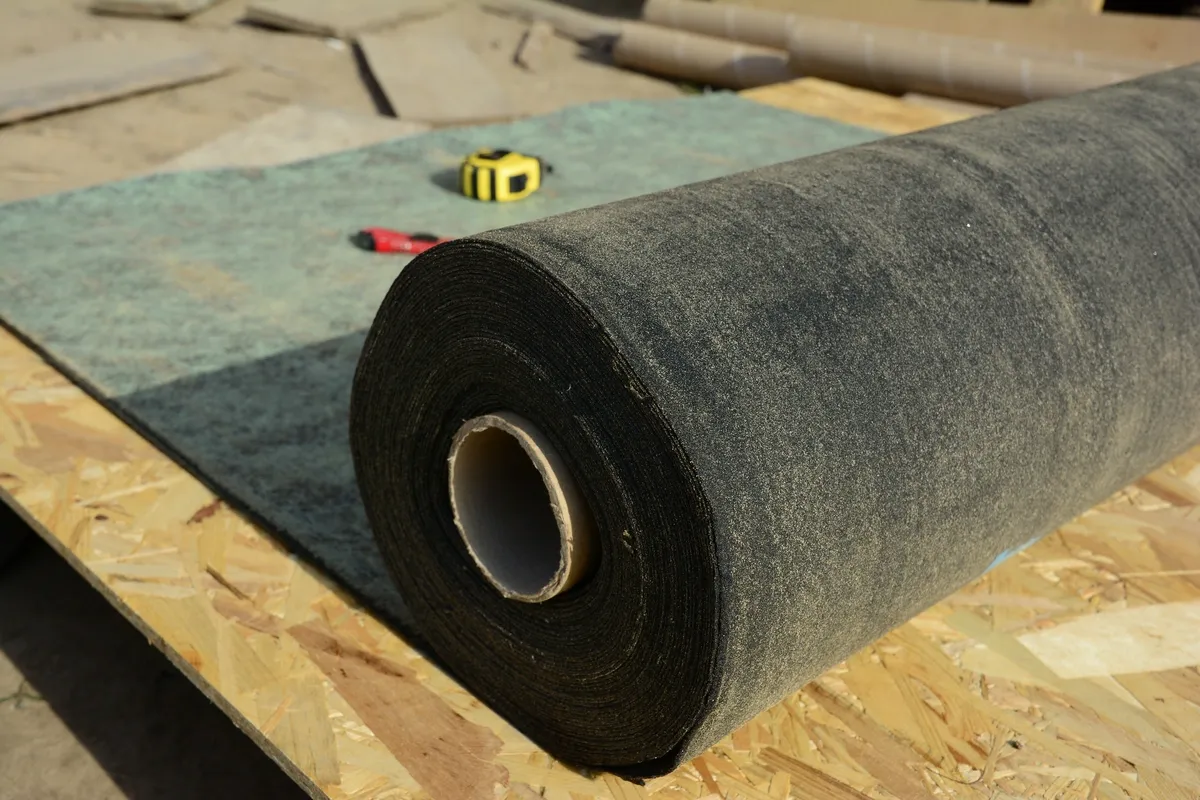About The Author
ANCHOR POINT ROOFING
Roof flashing might not be the most glamorous aspect of roofing, but it plays a crucial role in keeping your home dry and free from water damage. In this comprehensive guide, we’ll explore:
- What roof flashing is
- When you should consider replacing it
- The various roof flashing types
- The costs involved
- How to maintain your roof flashing to ensure its longevity
WHAT IS ROOF FLASHING?

Roof flashing is a thin material, typically made of metal or a combination of materials, installed in various vulnerable areas of your roof to prevent water infiltration. Its primary purpose is to redirect water away from critical areas where leaks are most likely to occur. Properly installed flashing helps to maintain the integrity of your roof and protect your home from water damage.
WHEN SHOULD YOU REPLACE YOUR FLASHING?
Like any other roofing component, flashing has a lifespan and may require replacement over time. Here are some signs that indicate it’s time to replace your roof flashing:
- Visible Damage: Inspect your flashing regularly for visible damage such as rust, corrosion, cracks, or holes. If you notice any of these issues, it’s time for replacement.
- Leaks: If you experience roof leaks, especially around areas where flashing is installed, it’s a clear sign that the flashing is no longer doing its job effectively.
- Aging Flashing: Most roof flashing materials have a limited lifespan. If your flashing is approaching the end of its expected life, it’s a good idea to proactively replace it before problems arise.
- Roof Replacement: When you replace your entire roof, it’s advisable to replace the flashing as well, as reusing old flashing on a new roof can lead to compatibility issues and leaks.
6 DIFFERENT ROOF FLASHING TYPES
Roof flashing comes in various types, each designed for specific applications and conditions. Here are some common types of roof flashing:
1. STEP FLASHING:
- Used where a roof meets a vertical wall or chimney.
- Consists of individual pieces that are layered as shingles are installed.
- Ensures proper water drainage in areas prone to leaks.
2. CHIMNEY FLASHING:
- Protects the intersection between the chimney and the roof.
- Includes base flashing, step flashing, and counter flashing for a watertight seal.
3. VALLEY FLASHING:
- Installed in roof valleys where two slopes meet.
- Prevents water from pooling and seeping under shingles.
- Can be made from metal, rubber, or other materials.
4. VENT PIPE FLASHING:
- Used around vent pipes, such as plumbing or exhaust vents.
- Features a flexible collar to seal around the pipe and prevent leaks.
- Available in various materials, including rubber and metal.
5. DRIP EDGE FLASHING:
- Installed along the edges of the roof to direct water away from the fascia.
- Protects the underlying wood from water damage and rot.
- Typically made of metal.
6. KICKOUT FLASHING:
- Ensures that water flows away from a wall and into the gutter.
- Essential for preventing water infiltration and damage to siding.
THE COST OF ROOF FLASHING
The cost of roof flashing can vary depending on several factors, including the type of material, the complexity of installation, and the region where you live. Here’s a rough estimate of the costs involved:
- Material Costs: Different materials have different price points. For example, aluminum flashing is less expensive than copper flashing. Expect to pay anywhere from $10 to $30 per linear foot for flashing materials.
- Labor Costs: The cost of labor for installing flashing will depend on the complexity of the job. Simple flashing installations may cost between $200 and $400, while more complex installations, such as chimney flashing, can range from $500 to $1,000 or more.
- Additional Costs: Keep in mind that if your flashing replacement is part of a larger roofing project, there may be additional costs associated with removing old flashing and preparing the area for new flashing installation.
It’s important to obtain quotes from reputable roofing contractors to get an accurate estimate for your specific situation.
HOW TO MAINTAIN YOUR ROOF FLASHING

Proper maintenance is key to extending the lifespan of your roof flashing. Here are some maintenance tips to keep in mind:
- Regular Inspections: Perform visual inspections of your flashing at least twice a year. Look for signs of damage, rust, or wear and tear.
- Clean Gutters: Clogged gutters can lead to water backing up and causing damage to your flashing. Keep your gutters clean and free of debris.
- Sealant Checks: Check the sealant around your flashing for cracks or deterioration. Replace any damaged sealant to ensure a watertight seal.
- Trim Overhanging Branches: If you have trees near your roof, trim overhanging branches to prevent them from damaging or dislodging your flashing during storms.
- Professional Inspection: Consider hiring a professional roofing contractor for a comprehensive roof inspection every few years. They can identify potential issues with your flashing and address them proactively.
- Address Repairs Promptly: If you notice any signs of damage or leaks, don’t delay in addressing them. Prompt repairs can prevent more extensive and costly damage to your home.
PROFESSIONAL FLASHING INSTALLATION AND REPAIRS
Roof flashing may not be the most conspicuous part of your roof, but it plays a vital role in protecting your home from water damage. Regular maintenance and timely replacement when necessary are essential to ensure that your flashing continues to perform its job effectively. If you’re unsure about the condition of your roof flashing, don’t hesitate to consult with a roofing professional to assess and address any issues to safeguard your home’s integrity and longevity.
At Anchor Point, we can help you to properly install roof flashing and make sure your roof stays leak free for years to come! Contact us today to set up your inspection!
Share this article :
RECENT ARTICLES





